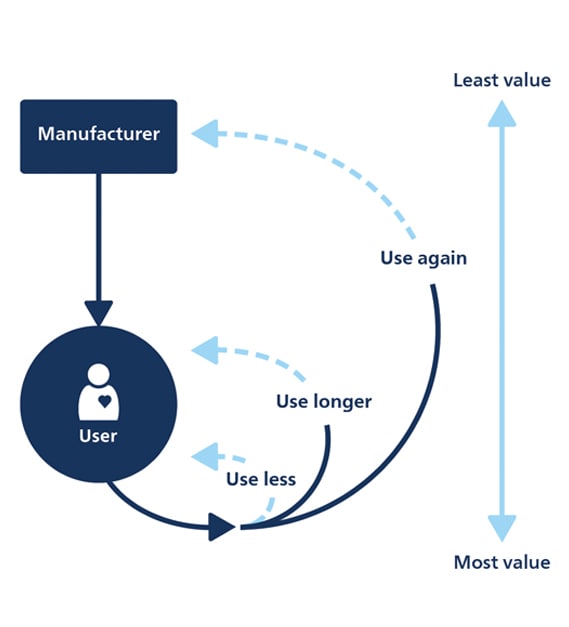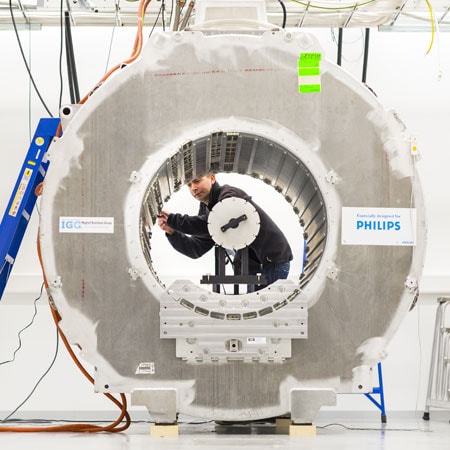The circular imperative
Growing demand for healthcare from an expanding population, overconsumption of resources, waste, pollution, climate – all these factors are putting unsustainable pressure on our ecosystems.
At the same time, a number of global trends – e.g. the shift to value-based care, changing consumption patterns and the adoption of digital technology – are supporting the transition to a circular economy.
At the same time, a number of global trends – e.g. the shift to value-based care, changing consumption patterns and the adoption of digital technology – are supporting the transition to a circular economy.
The circular imperative
Growing demand for healthcare from an expanding population, overconsumption of resources, waste, pollution, climate – all these factors are putting unsustainable pressure on our ecosystems.
At the same time, a number of global trends – e.g. the shift to value-based care, changing consumption patterns and the adoption of digital technology – are supporting the transition to a circular economy.
At the same time, a number of global trends – e.g. the shift to value-based care, changing consumption patterns and the adoption of digital technology – are supporting the transition to a circular economy.

How we practice circular economy
Our ambition is to help our customers to ‘do more with less materials’. We do this by applying our circularity principles – Use less, use longer, use again – across the value chain. We are maximizing the lifetime value of our products and solutions while minimizing consumption of materials and eliminating waste. We do this through circular product design, smart digital solutions, innovative service models, optimizing use, and responsible (end-of-use) management of materials and products.
Our ambitious circular economy objectives for 2025
We have set ourselves a number of challenging targets for 2025
¹ We are embedding a policy to responsibly take-back all professional medical equipment sold directly to customers as part of a trade-in offer or as a service at customer request. As part of the policy, we will ensure that equipment coming back to us is, where feasible, made available for refurbishment and/or parts recovery, or locally recycled in a certified way to ensure it does not end up in landfill.
² including non-manufacturing sites, such as large offices, warehouses and R&D facilities
Our circular products and services
Circular business models – such as offering customers access to, rather than ownership of, products – open up new opportunities for growth and cost savings, reduce resource risk, and facilitate smart asset management. Addressing this customer need, we offer a wide variety of circular propositions.
Partnering to drive circularity
We collaborate closely with our customers, (non-) governmental organizations, and other stakeholders, such as the Ellen MacArthur Foundation, to drive the adoption of circular thinking. In 2020 we delivered on our pledge to ‘close the loop’ on our large medical systems. For 2025, we have extended it to all professional medical equipment.
At the 2018 World Economic Forum, Philips announced the commitment to take back and repurpose all large medical systems that our customers were prepared to return to us by 2020.
To drive this, we started the Capital Equipment Coalition, a group of like-minded organizations, including ASML, Cisco, Dell, KPN, Damen, Lely, Enel and Vanderlande, to develop and share best practices.
ESG news and insights
You may also find the following articles interesting
You may also find the following articles interesting


